



 Company: Morlights
Company: MorlightsLocation: Chicago History Museum, Chicago, IL, USA
Category: Small indoor projects - WINNER
|
OVERVIEW AND JUDGES' COMMENTS: Morlights was tasked with redesigning the Chicago History Museum’s Crown Lunchroom into a space which could be used for social gathering plus an immersive theatre setting. In such a large room with low ceilings and a partial wall, with no focal point, this was a challenge. Low-glare, deep-recess downlights were used to provide general lighting while a star-shaped chandelier of linear LED fixtures creates drama. DALI digital controls allow for the deep dimming that theatrical spaces require and enable show lighting that is perfectly synchronized with presentations. The space uses 8 DALI-controlled zones, 45 DALI controlled light fixtures and 48 non-DALI light fixtures. Although energy monitoring wasn’t a primary goal of installing a DALI system, the Museum’s maintenance team monitor performance and detect when a lighting fixture needs to be replaced. Emergency lighting integration was also a factor. "Personally, I felt this project ticked a lot of boxes because cafeterias and museums can typically be environments that fall victim to standardized, uniform and sometimes ugly lighting schemes. So I thought the efforts made to create a more ambient and dramatic setting should be definitely commended. Also, cafeterias and theatre spaces don’t particularly go hand in hand a lot of the time, so credit must be given to the designers and DALI digital controls for creating a lighting scheme that can be tailored to each specific need." |
What did the project set out to achieve?
While the Crown Lunchroom at the Chicago History Museum is designed to be filled with fidgety, giggling school kids, field-tripping their way through the city’s heritage, it is also designed to be a gathering space that offers comfort and promotes conversation for all ages.
Additionally, the Crown Lunchroom serves as an immersive theater setting for the museum’s orientation film. In 2019, when Morlights (a longtime collaborator with CHM) was tasked with lighting the redesigned space, the challenges were clear: the existing space was a large room with low ceilings and a partial wall, resulting in no focal point and dull lighting. The Morlights design team knew that lighting could serve to effectively delineate both focus and functionality within the Lunchroom—and they set out to realize those goals.
 Low-glare, deep-recess downlights were used to provide general lighting for the gathering space, creating a comfortable illumination, while museum-quality track lights highlight wall-mounted displays. In the theater space, a star-shaped chandelier of linear LED fixtures creates excitement, while linear LED lighting integrated into the millwork completes the effect and acts to clearly designate the entry and exit. DALI digital controls allow for the deep dimming that theatrical spaces require and enable show lighting that is perfectly synchronized with the presentation.
Low-glare, deep-recess downlights were used to provide general lighting for the gathering space, creating a comfortable illumination, while museum-quality track lights highlight wall-mounted displays. In the theater space, a star-shaped chandelier of linear LED fixtures creates excitement, while linear LED lighting integrated into the millwork completes the effect and acts to clearly designate the entry and exit. DALI digital controls allow for the deep dimming that theatrical spaces require and enable show lighting that is perfectly synchronized with the presentation.
The end result is an energized space that creates a warm welcome and helps imagination take flight.
How is DALI used within the project?
The lighting is a subsystem of the Audio Visual system in this space. Through contact closures, the CueServer 2, DMX and DALI, the system is integrated into the A/V program and all lighting states other than emergency lighting are triggered by the multi-media show control - including the resting state of a mild-mannered cafeteria.
Why was DALI chosen?
Primarily, DALI was chosen to provide flicker-free deep dimming of LED lighting in a multi-use space. The use of DALI also allowed for the minimization of the overall lighting system equipment footprint by avoiding the need for conventional dimming equipment, and providing granular control of many fixtures in a small space.
Emergency lighting integration was also a factor for this museum space.
Over the years, the Morlights team has thoughtfully introduced DALI into the different spaces of the museum. Although energy monitoring was not an original primary goal of installing a DALI system, the Chicago History Museum has discovered that this feature allows the maintenance team to monitor performance and detect when a lighting fixture needs to be replaced. Overall, this has proven valuable to the museum throughout its exhibits that utilize DALI.
What benefits does DALI provide?
Precise flicker-free dimming control to achieve multiple lighting schemes was critical for this project, as the Crown lunchroom is a combined use space — a theater, and a public cafeteria. Eight different presets were created on the Cueserver 2 — each corresponding to a different contact closure. Each setting is triggered at different times through the A/V system. One contact closure is also triggered by a physical switch in the cafeteria. The system is set to a general illumination setting for the beginning and end of day. The switch located in the cafeteria can turn the system on and off when in this setting, only at the beginning and end of day.
A new ceiling grid had to be laid in for the space later in the project. Originally, the lighting layout was three columns by five rows. The new ceiling is laid out symmetrically with no space for a center column. The lights were placed, and it was immediately clear that it was not quite right. Five more lights were ordered to create a fourth column and even symmetry. This adjustment was only possible (and seamless), because DALI is the control protocol. There was no need to add extra infrastructure, so integrating the five new lights was much more straightforward — the project kept moving because of DALI.
The museum staff will utilize the predictive maintenance features in all spaces throughout the building where DALI is installed.
|
► Morlights / Lighting Design, Sean Murphy - Senior Lighting Designer ► Morlights / Lighting Design, Avraham Mor, CLD, IALD - Principal ► Chicago History Museum / Client HBRA Architects / Architect ► Focal Point / Manufacturer DALI LED Architectural Fixtures ► Luminii / Manufacturer DALI LED Tape Light Fixtures ► Interactive Tech / Manufacturer DMX Play Back Device ► Electronic Theatre Controls / Manufacturer DMX Breaker Panel ► Leviton / Manufacturer Momentary Switch for Contact Closure ► Lighting Services Inc / Manufacturer Integral Dimming Track Lights ► Paramont EO / Electrical Supplier ► Intelligent Lighting Creations, ILC / Lighting Controls Supplier |
| ► Morlights website |